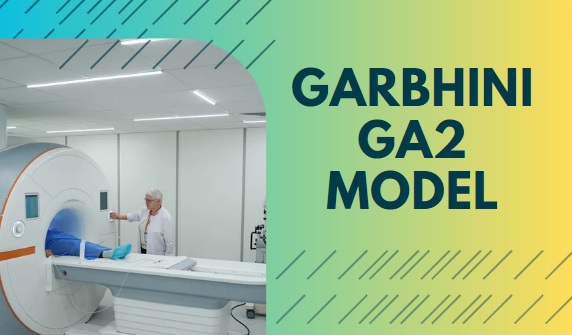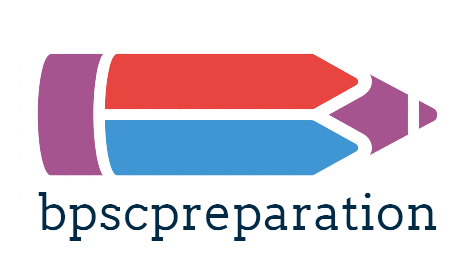In a groundbreaking collaboration, the Indian Institute of Technology (IIT) Madras and the Translational Health Science and Technology Institute (THSTI), Faridabad, have come together to pioneer a significant advancement in maternal care. Their joint efforts have resulted in the development of the ‘Garbhini-GA2,’ the first India-specific Artificial Intelligence (AI) model designed to precisely determine the age of a fetus during the second and third trimesters of pregnancy. This revolutionary AI model, born out of the ‘Interdisciplinary Group for Advanced Research on Birth Outcomes – DBT India Initiative’ (GARBH-Ini) program, marks a crucial milestone in addressing the unique challenges posed by the Indian population.

Purpose of the Garbhini-GA2 Model
The Garbhini-GA2 model is designed to accurately estimate a fetus’s gestational age in Indian women during the second and third trimesters of pregnancy. As part of the ‘Interdisciplinary Group for Advanced Research on Birth Outcomes – DBT India Initiative’ programme, IIT Madras and THSTI collaborated to develop the AI model, called Garbhini-GA2, which attempts to provide precise gestational age estimations. This accuracy is essential for figuring out exact delivery dates and making sure expectant mothers receive the right treatment. Through lowering gestational age estimation mistakes, the model aims to raise the standard of maternal and newborn healthcare in India.
Key Points of Garbhini-GA2
- Garbhini-GA2 is an India-specific AI model developed by IIT Madras and THSTI.
- Developed under the ‘Interdisciplinary Group for Advanced Research on Birth Outcomes – DBT India Initiative.’
- The model, named Garbhini-GA2, utilizes genetic algorithm-based methods for gestational age estimation.
- Its primary purpose is to precisely determine the gestational age of a fetus during the second and third trimesters of pregnancy.
- Focuses on providing accurate gestational age information for appropriate care of pregnant women and determining precise delivery dates.
- Outperforms existing models like Hadlock and INTERGROWTH-21st in accuracy during the later stages of pregnancy.
- Aims to reduce errors in gestational age estimation, contributing to improved maternal and infant healthcare outcomes in India.
- Plans for nationwide deployment in clinics are in progress after validation in pan-India cohorts.
- The study was conducted in collaboration with medical institutions and received support from the Grand Challenges India program under DBT, Government of India.
Benefits of Garbhini-GA2 Model
The Garbhini-GA2 model holds several potential benefits for the people of India:
- Precise Gestational Age Estimation: The approach guarantees that healthcare providers may provide customised and accurate care, lowering the risk of difficulties during pregnancy and delivery, by giving pregnant women during the second and third trimesters precise information about their gestational ages.
- Better Maternal Care: More accurate gestational age estimation enables more effective prenatal care and monitoring. As a result, there is a decreased chance of maternal health problems and prompt interventions are provided when necessary, improving the overall quality of care for mothers.
- Improved Neonatal Care: Predicting the needs of neonates requires an accurate gestational age. Because the model’s accuracy helps healthcare providers better plan for anticipated difficulties and give newborns focused care, it can help enhance neonatal care.
- Decrease in Maternal and Infant Mortality: Garbhini-GA2 may help lower the incidence of maternal and infant mortality by increasing the precision of gestational age estimation. Accurate knowledge addresses potential health issues during pregnancy and labour by facilitating prompt interventions and suitable medical care.
- Customised Healthcare Planning: By utilising Indian population data, the model guarantees that the estimated gestational age is relevant to the local population. By addressing these issues, it may be possible to minimise errors and ensure that pregnant women in India receive better individualised healthcare planning. Formulas designed for Western populations have their limits addressed.
The Garbhini-GA2 model has the potential to improve maternal and child health outcomes on a national level by having a beneficial effect on a large number of pregnant women after it has been validated and implemented in clinics around the nation.
FAQ
What is Garbhini-GA2?
It is an AI model that will precisely ascertain a fetus’s gestational age in the latter two and third trimesters of pregnancy.
Who developed Garbhini GA2?
The Translational Health Science and Technology Institute (THSTI), Faridabad, and the Indian Institute of Technology (IIT) Madras collaborated to develop the AI model Garbhini-GA2,
Who funded the research for Garbhini-GA2?
The ‘Interdisciplinary Group for Advanced Research on Birth Outcomes – DBT India Initiative’ programme funded the research for Garbhini-GA2. It was funded by the Government of India’s DBT through the Biotechnology Industry Research Assistance Council’s Grand Challenges India programme.

